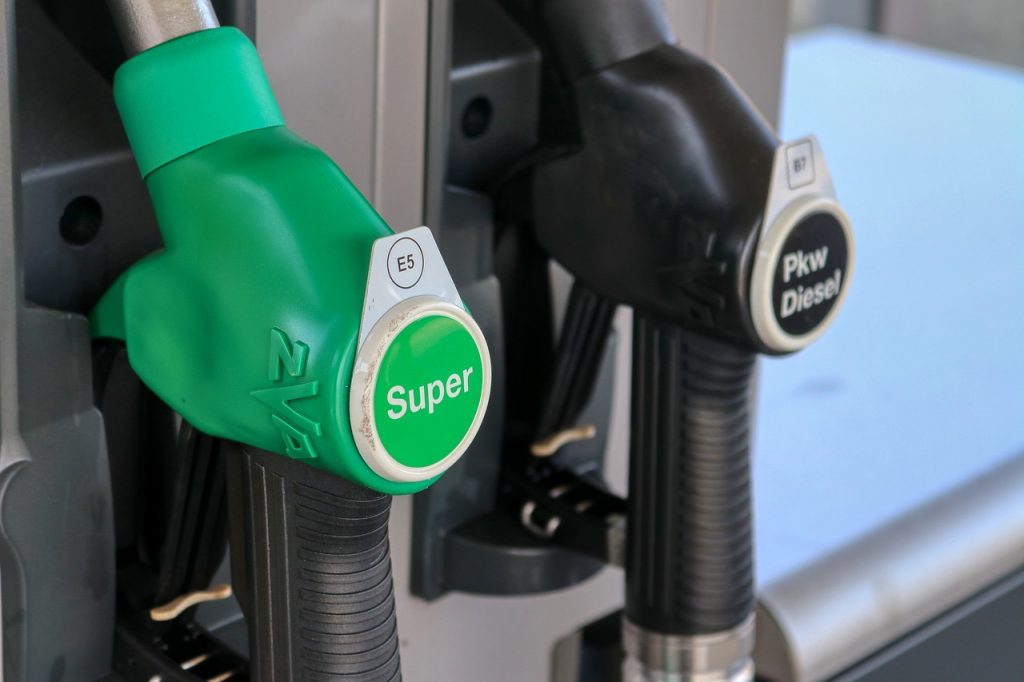Diesel drivers now have the option to fuel up in a more eco-friendly way. The synthetic alternative fuel HVO100 reduces CO₂ emissions by nearly 90 percent, but it does come with some drawbacks.
As of Wednesday, paraffinic diesel fuels derived from renewable biomass are available for public sale in Germany. This synthetic fuel, marketed as HVO100 with the XTL label at gas stations, is suitable for many diesel vehicles. Its climate impact is significantly better than that of conventional diesel, though the new fuel is also more expensive.
HVO stands for Hydrotreated Vegetable Oil. HVO diesel can be made from plant oils, plant and animal fats, or waste products derived from them. This results in substantially lower emissions of particulate matter, particles, and nitrogen oxides.
When burned, HVO diesel releases a similar amount of CO₂ as conventional diesel. However, since this CO₂ comes from renewable resources, the overall climate impact is nearly neutral, with emissions primarily coming from the production process. Overall, CO₂ reductions of up to 90 percent are anticipated.
Previously in Germany, HVO was only permitted as a blend in conventional diesel or sold exclusively to pilot customers such as transport companies or Deutsche Bahn, which uses it to power diesel locomotives. XTL fuels go beyond traditional biofuels. For example, B7 diesel contains up to seven percent bio-content from sources like rapeseed or used cooking oils, while the remaining 93 percent remains fossil-based. Alongside XTL, B10 is also being introduced, with a bio-content that can reach ten percent.
Tax Exempt but Costlier to Produce
Due to its better climate balance, HVO diesel is exempt from CO₂ taxes. However, its production costs more than conventional diesel, so the eco-friendly alternative is expected to remain more expensive for the foreseeable future. Currently, the price difference at the pump is between 15 and 20 cents per liter.
Drivers can use the new fuel “if the vehicle is approved for it by the manufacturer,” stated the Fuels and Energy Industry Association (en2x). The ADAC advises motorists to follow manufacturer approvals and, if in doubt, obtain a certification from their dealer. Officially, alternative fueling is currently permitted for only a few models, but this number is growing. Helpful indicators can be found in the vehicle’s manual and on the fuel cap: if there is a small square with the XTL label on the back of the fuel flap, the engine can handle HVO.
Electric Cars Remain the Cleanest Option
The eco-balance of biofuels is controversial, as millions of tons of energy crops—such as rapeseed and sunflowers—are consumed annually. Environmental groups argue that this practice takes away land that could otherwise sequester much more CO₂; in extreme cases, tropical rainforests are cleared for palm oil plantations. Palm oil has played a significant role in HVO production thus far. However, the future goal is to use only waste products as fuel sources.
